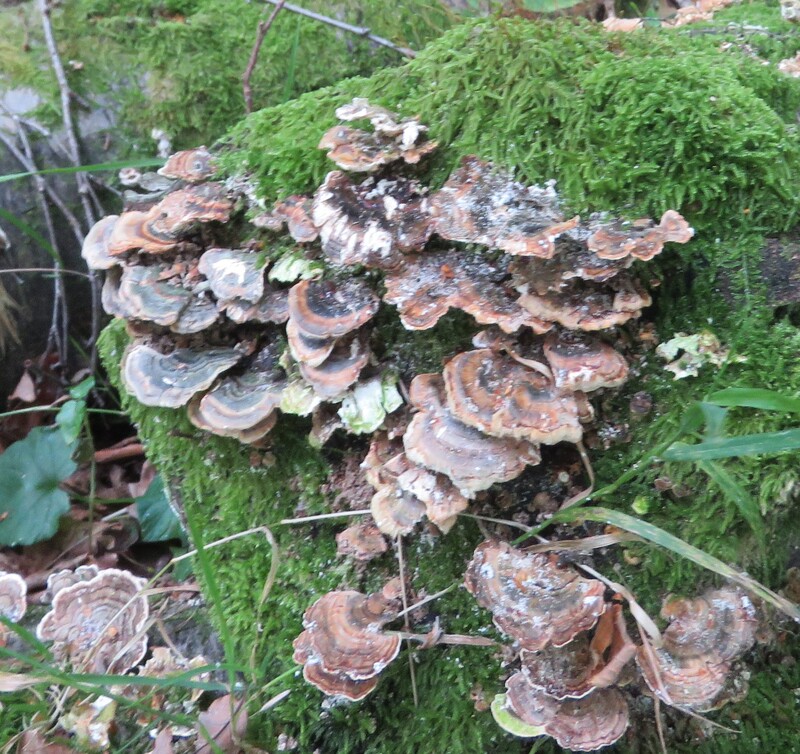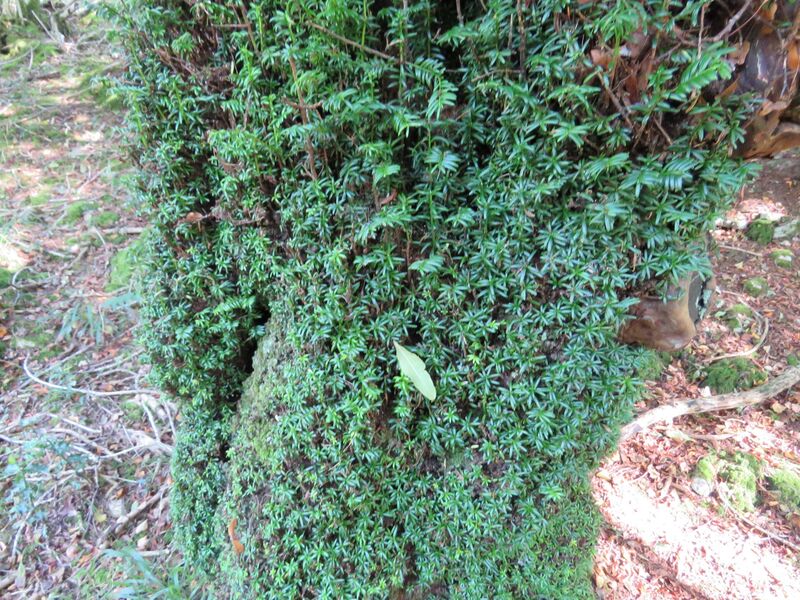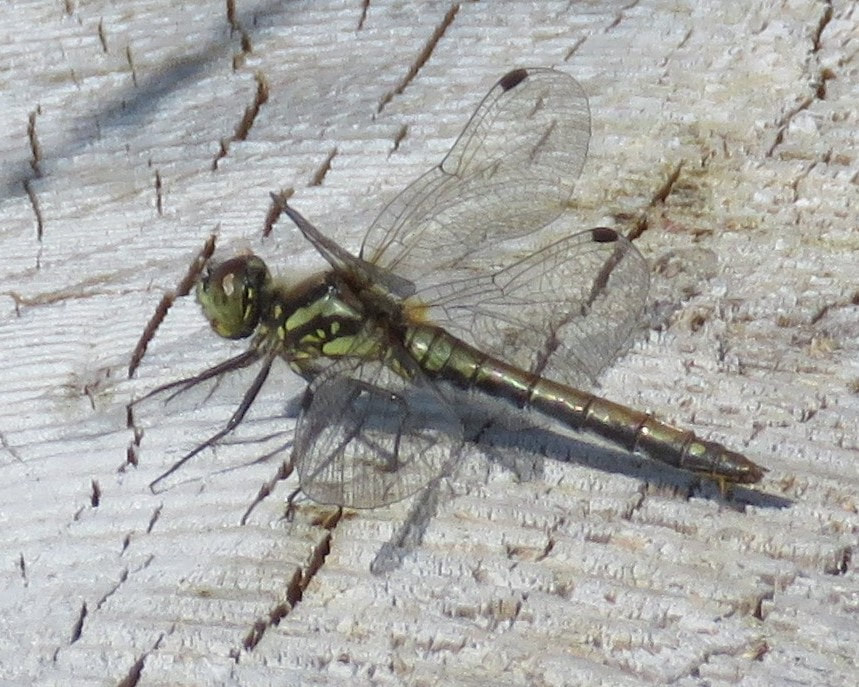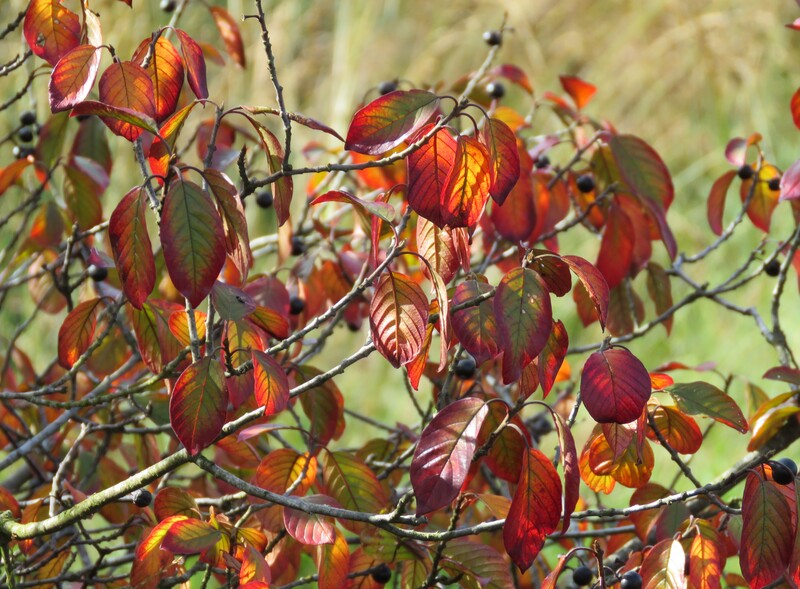 Small-leaved lime, Tilia cordata in Roudsea wood
Small-leaved lime, Tilia cordata in Roudsea wood Rousdea wood has charcoal pit-steads, tan bark barn, bark peelers house, potash kiln and powder house, The industrial archaeology of ancient woodland.
We look for aspen, Populus tremula. Thomas Strickland, castellan of Sizergh, took 25 longbowmen with him to France, and brought all of his men safe home after the battle of Agincourt in 1415. The felling of aspen to make clogs was then prohibited as their stems were used for arrow shafts and the prolonged campaign in France led to a shortage. Longbows were made from ancient yews in Roudsea wood and south Cumbria.
Sunlight pours down on the glade beside the 16th century potash kiln, and speckled wood butterflies nectar on late flowers of ragwort. Wings translucent, and close by the shadowy wood. They settle on sunlit leaf-litter on the woodland floor and on shrubs of the woodland fringe.
Ancient trees grow out of limestone crags, yew and small leaved lime. There's a great burr on a bough of yew and the heart-shaped leaves of small-leaved lime cluster over it. Red yew arils glow in sunlight and we trace leaves back to the tree in this mingling of branches and foliage. Small-leaved lime, Tilia cordata. 5000 year- old pollen deposits show small-leaved lime to have been the dominant tree in North West Europe, in ancient woodland like Roudsea.

























 RSS Feed
RSS Feed